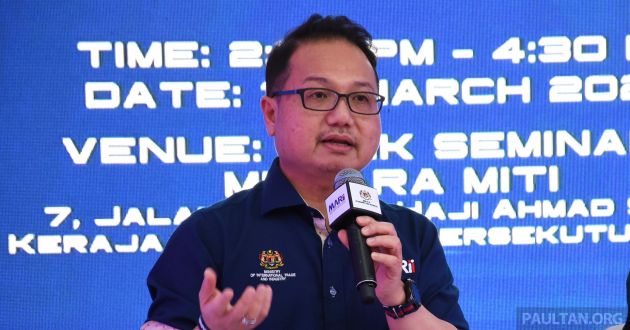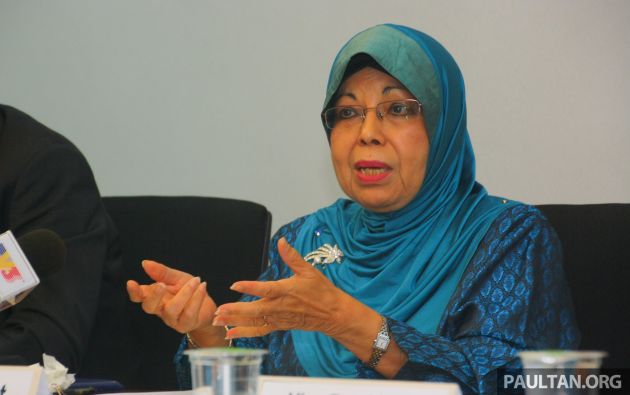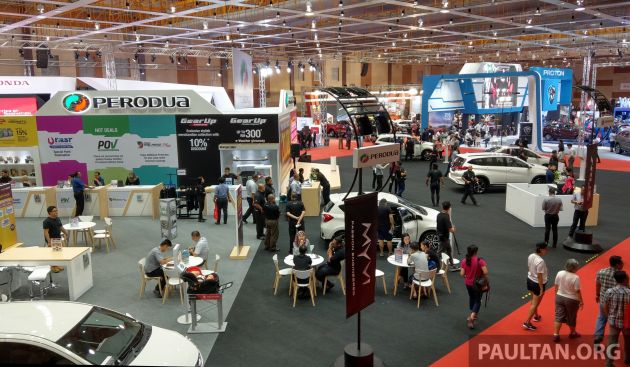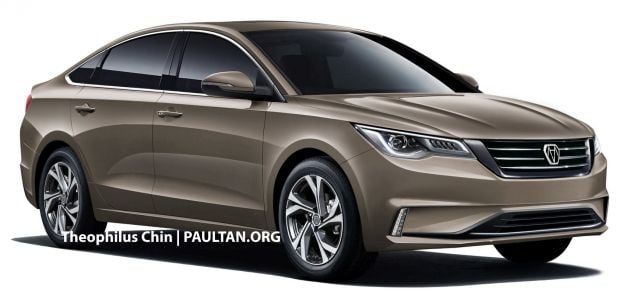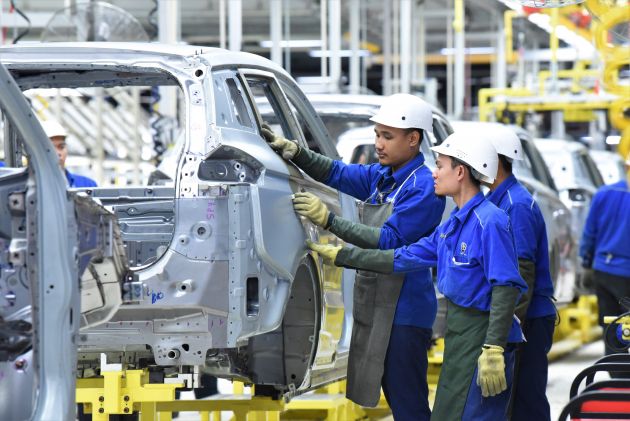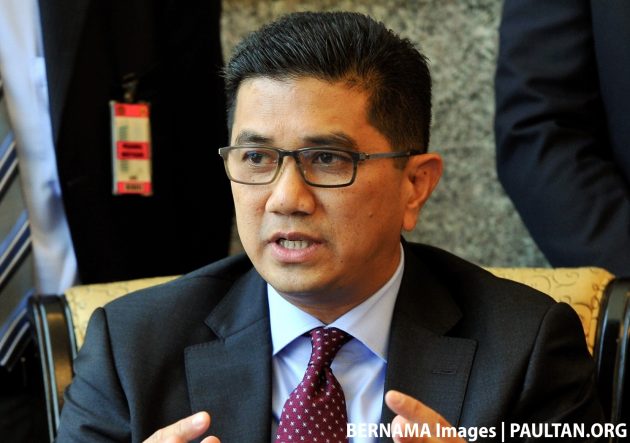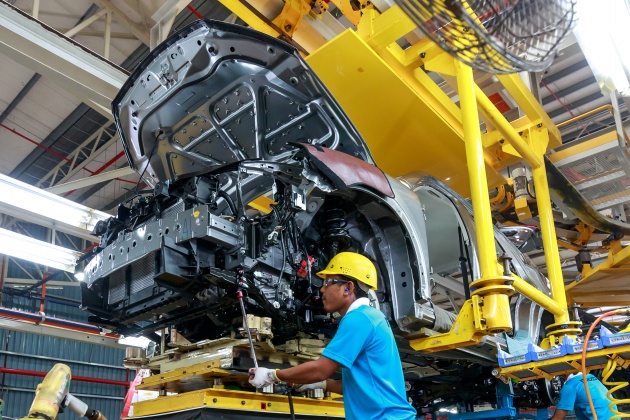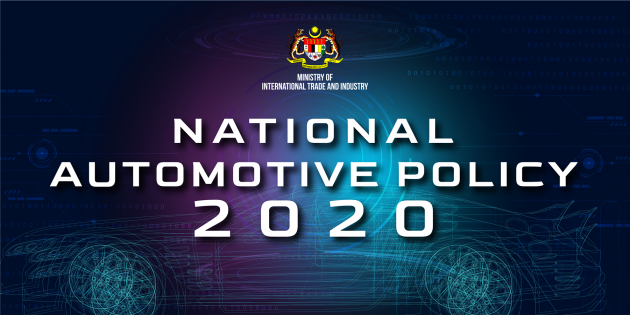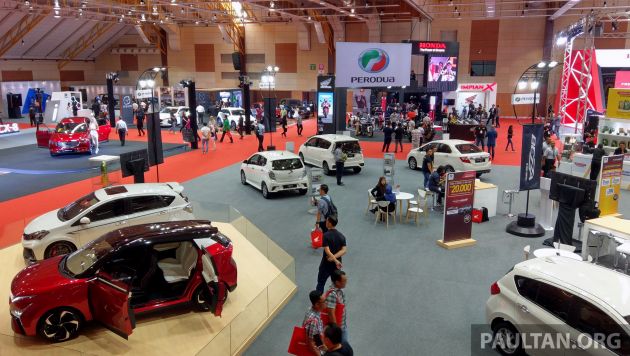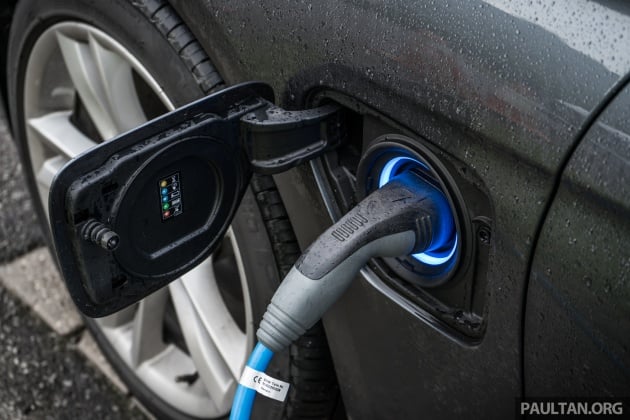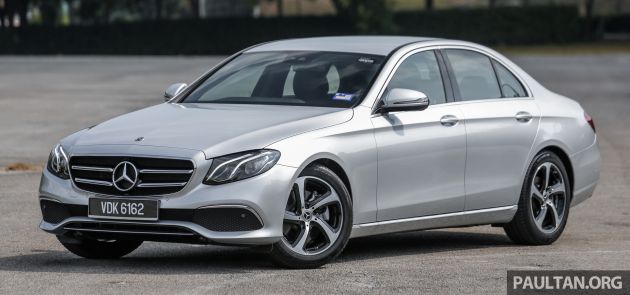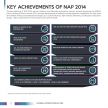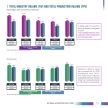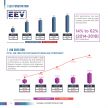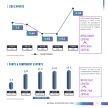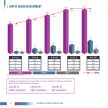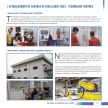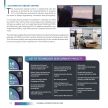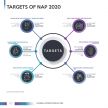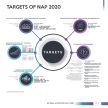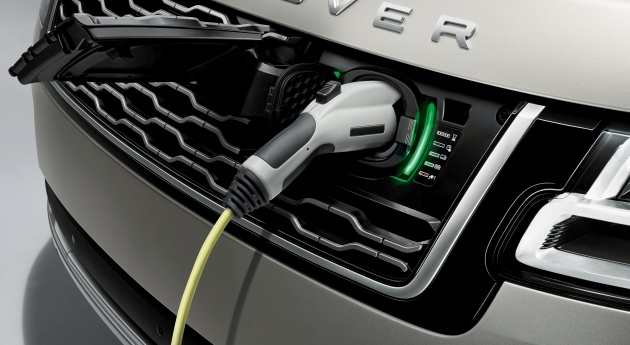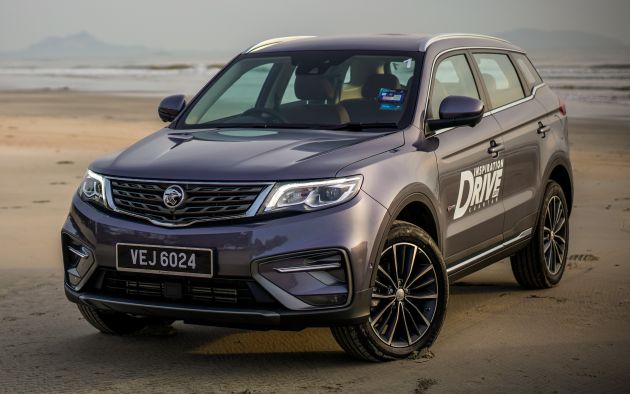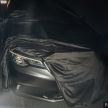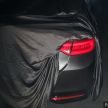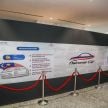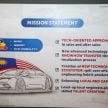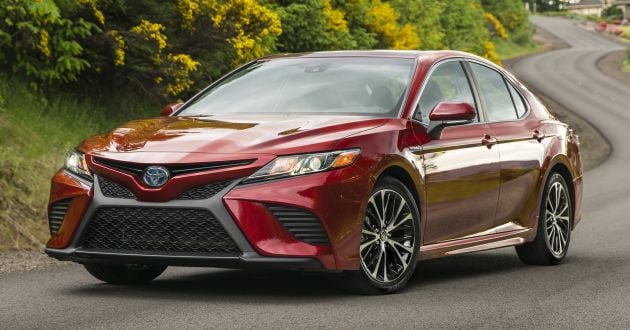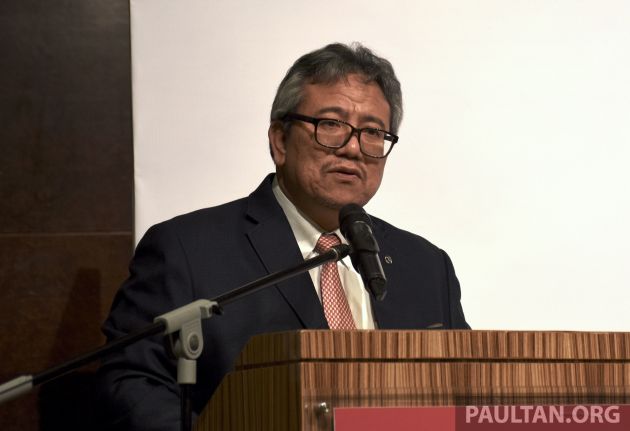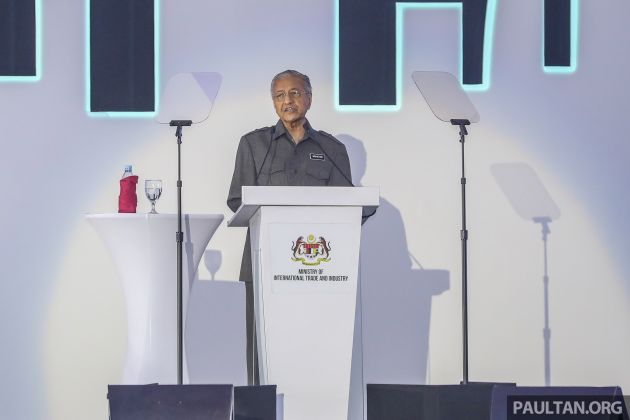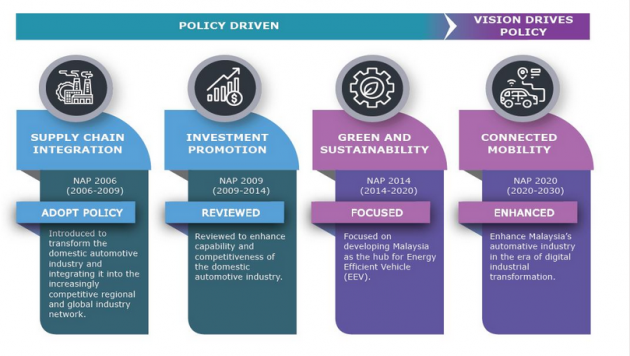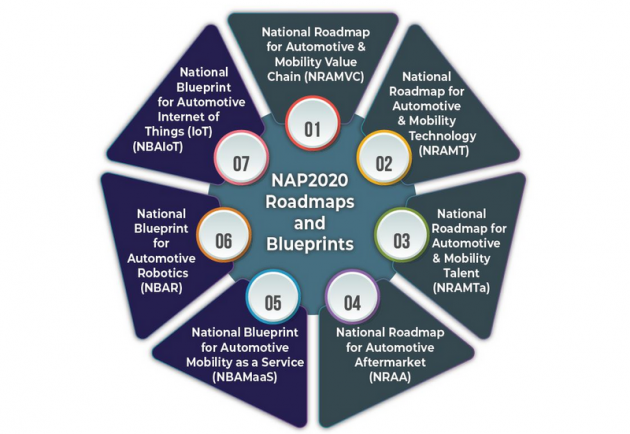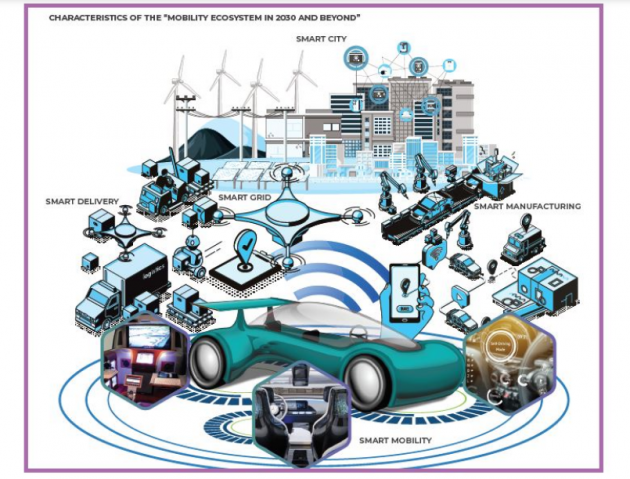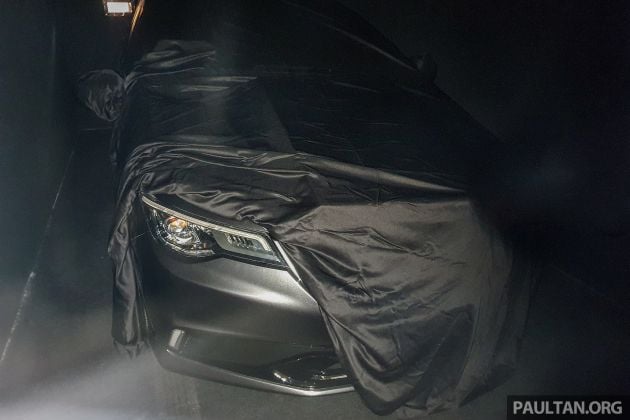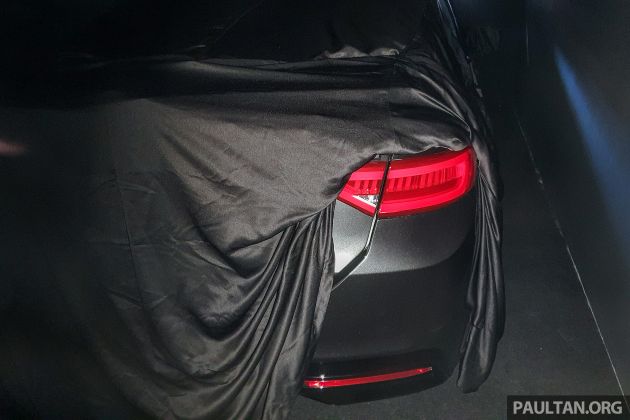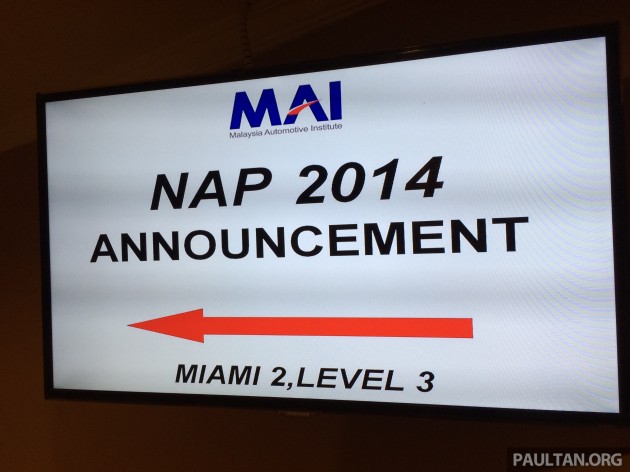
Today marks the launch of the new National Automotive Policy (NAP 2020), which enhances upon the previous NAP 2014. It’s been a long wait for the ministry of international trade and industry (MITI) to finalise and present the latest NAP, but before we look towards what comes next, let’s take a step back and examine what has emerged in the time NAP 2014 was in effect.
First announced in January 2014, the NAP 2014 was focused on developing Malaysia as the hub for Energy Efficient Vehicles, or EEV. At the time, EEV specifications were revealed for the first time, while customised incentives would be given for EEV-related foreign and domestic direct investments (FDI and DDI).
At the time, MITI also revealed a number of targets for the NAP 2014, but have any of them been met or even exceeded? We compare the data from MITI’s official NAP 2020 booklet to see what’s what.
Gross domestic product (GDP) contribution
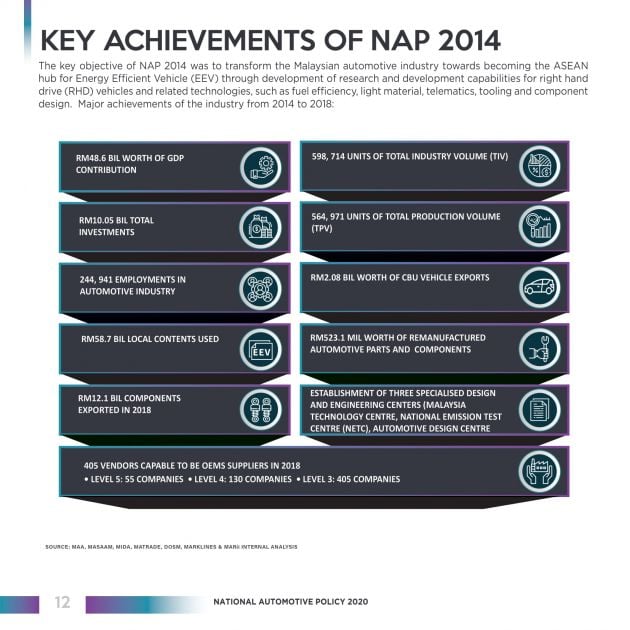
According to MITI, local automotive manufacturing has contributed RM48.6 billion to the national GDP from 2014 to 2018. The ministry revealed during the initial implementation of the NAP 2014 that is was targeting automotive manufacturing to account for 10% of national GDP by 2020, but as this year’s GDP figures aren’t out yet, it’s not known if that goal was met.
Total industry volume (TIV) and total production volume (TPV)
When the NAP 2014 was announced, the target for TIV was to hit one million units by 2020, which includes passenger and commercial vehicles as well as motorcycles. This goal has been met consistently from 2014 to 2018, with the exception of 2016.
As for TPV, which accounts for the aforementioned vehicles, the NAP 2014’s target was 1.35 million units by 2025. From 2014 to 2018, TPV hovered between 900,000 and just over a million units, never reaching close to the allotted target.
Exports
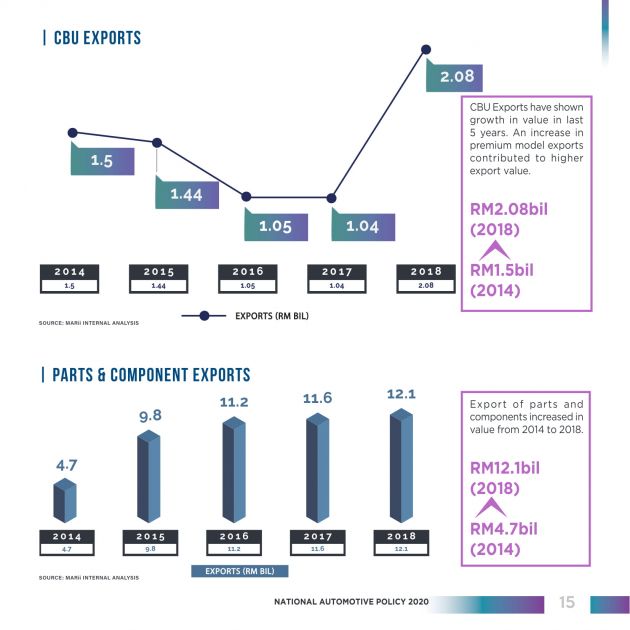
The total worth of CBU units that left the country saw a huge spike in 2018 to RM2.08 billion, which is double that in 2017, and marked the end of continuous downward slump from RM1.5 billion in 2014 through 2017.
Additionally, RM12.1 billion worth of new automotive parts components were exported in 2018, up from RM4.7 billion in 2014, and significantly exceeding the NAP 2014’s target of RM10 billion by 2020.
Another area of exports is remanufactured automotive parts and components, with the NAP 2014 aiming for RM 2 billion by 2020. However, from 2014 to 2018, only RM523.1 million worth of these products have been recorded, which is a quarter of the intended target set previously.
Employment
Based on MITI’s NAP 2020 booklet, a total of 244,941 job opportunities have been created from 2014 to 2018, which is far more than the 177,520 employment opportunities the NAP 2014 set out to achieve when it was announced. At the time, only two aspects of automotive employment were considered, which are manufacturing and aftermarket.
Vendors
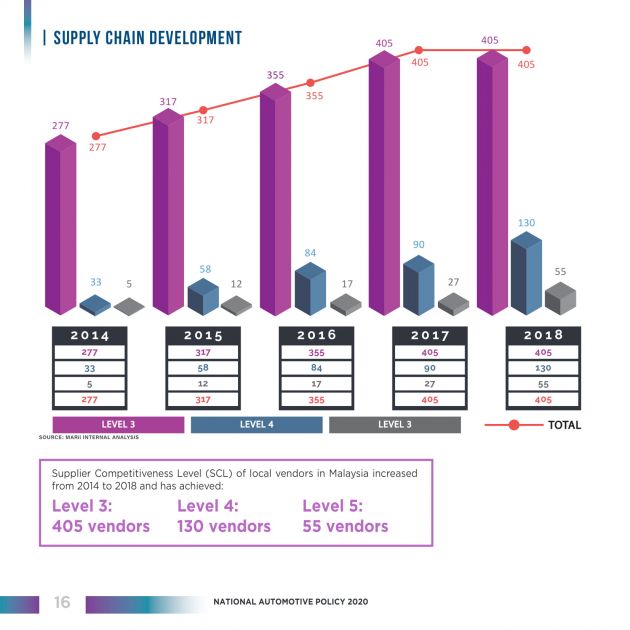
As of 2018, there are 405 vendors in the country capable of supplying to OEMs. This is significantly more than in 2014, where only 277 vendors existed. These 405 vendors all meet the Level 3 status of being able to supply parts with quality levels of 96.7% or higher.
However, out of the total sum, 130 companies are Level 4 vendors with tooling development capabilities, while 55 companies are Level 5 vendors with R&D capabilities. While impressive, they are a far cry from what the NAP 2014 targeted, which was to have 430 Level 3, 330 Level 4 and 180 Level 5 vendors.
EEV penetration and local content
EEV penetration has seen a continuous year-on-year increase from 2014 to 2018, with the latter being earmarked at 62% of TIV, or 339,978 units. By comparison, the first year of the NAP 2014 saw just 14% of TIV, or 93,975 units. On a related note, during the same period, RM58.7 billion worth of local content has been used in vehicle assembly.
Investments
From 2014 to 2018, with the NAP 2014 in effect, RM10.05 billion worth of investments have been made, with RM3.64 billion being FDIs, while the remaining RM6.41 billion is from DDIs.
Technology development
In the NAP 2014 list of targets, one of the goals set was to establish two automotive specialised design and engineering centres as well as a full-fledged Vehicle Type Approval (VTA) testing centre.
The latter is still listed as a target for the latest NAP 2020, and can be considered as being unmet. On the other hand, there are now three specialized design and engineering centres. These include the Malaysia Technology Centre, which serves as one-stop centre for IR4.0 human capital development in automotive and connected mobility ecosystems.
There’s also the Automotive Design Centre that caters to the automotive industry specifically in the areas of design engineering, simulation and prototyping, with any OEM and vendor from various tiers can leverage on the hardware and software available.
Lastly, the National Emission Test Centre is an independent entity and recognised as a national laboratory owned by the Malaysia Automotive Robotics and IoT Institute (MARii), an agency under MITI. It features testing facilities dedicated to measuring vehicle emission pollutants and fuel consumption, and is the most advanced emissions testing facility in the ASEAN region, with the ability to measure up to the Euro 6d emission standard – WLTP.
There you have it, the outgoing NAP 2014 has had some hits and misses while in effect for several years. With the NAP 2020 now implemented, there’s a whole new list of targets, which you can check out in our separate post. Do you think these goals are feasible?


